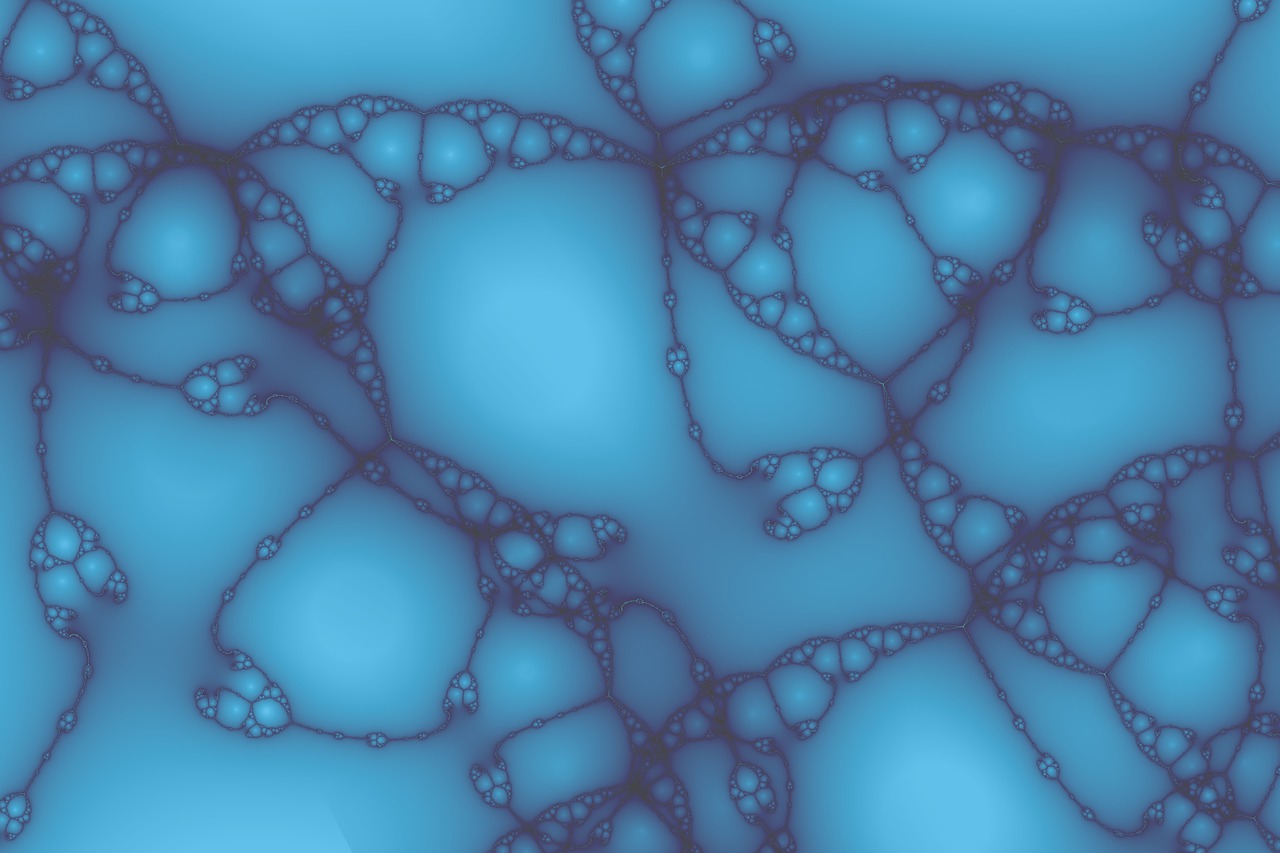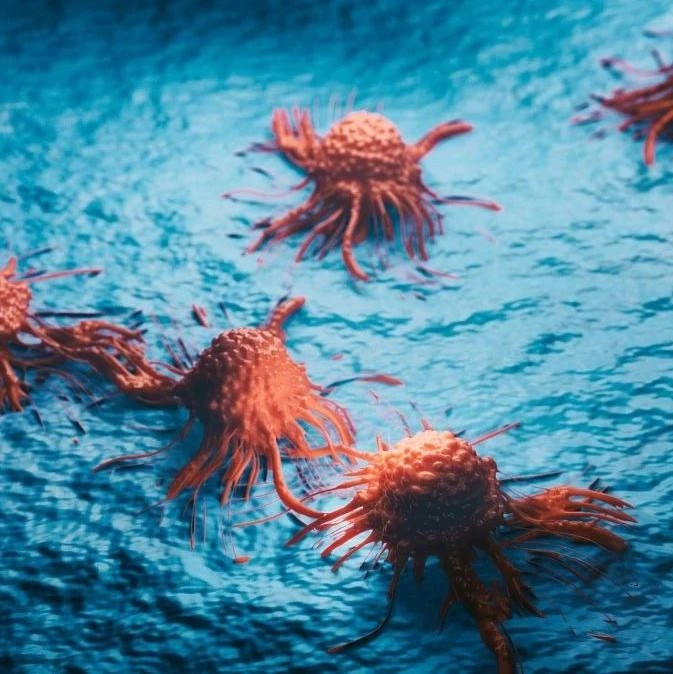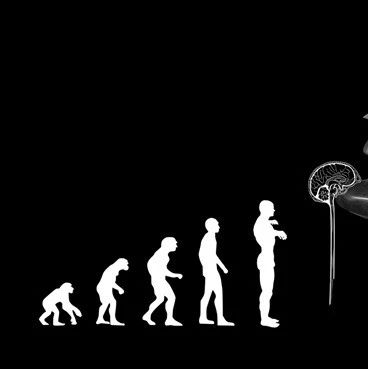咖啡因的去甲基后的氮结构是用来治疗气喘,改善心脏血液流动和稳定心律失常药物的天然组成部分。这一结构的合成在药品生产中仍然是一个难题。目前美国爱荷华大学的Ryan Summers等发现并成功的分离出了可以降解咖啡因中的甲基结构的细菌——恶臭假单胞菌Pseudomonas putida CBB5。Summers说,他们已经通过对CBB5的研究,确定了有关去甲基化的三种酶的基因序列。这一研究成果让药品生产变的更容易,从而也降低了成本。
A new bacterium that uses caffeine for food has been discovered by a doctoral student at the University of Iowa. The bacterium uses newly discovered digestive enzymes to break down the caffeine, which allows it to live and grow. "We have isolated a new caffeine-degrading bacterium, Pseudomonas putida CBB5, which breaks caffeine down into carbon dioxide and ammonia," says Ryan Summers, who presents his research today at the 111th General Meeting of the American Society for Microbiology in New Orleans.
Caffeine itself is composed of carbon, nitrogen, hydrogen and oxygen, all of which are necessary for bacterial cell growth. Within the caffeine molecule are three structures, known as methyl groups, composed of 1 carbon and 3 hydrogens atoms. This bacterium is able to effectively remove these methyl groups (a process known as N-demethylization) and essentially live on caffeine.
Summers and his colleagues have identified the three enzymes responsible for the N-demethylization and the genes that code for these enzymes. Further testing showed that the compounds formed during break down of caffeine are natural building blocks for drugs used to treat asthma, improve blood flow and stabilize heart arrhythmias.
Currently these pharmaceuticals are difficult to synthesize chemically. Using CBB5 enzymes would allow for easier pharmaceutical production, thus lowering their cost. Another potential application is the decaffeination of coffee and tea as an alternative to harsh chemicals currently used.
"This work, for the first time, demonstrates the enzymes and genes utilized by bacteria to live on caffeine," says Summers.







